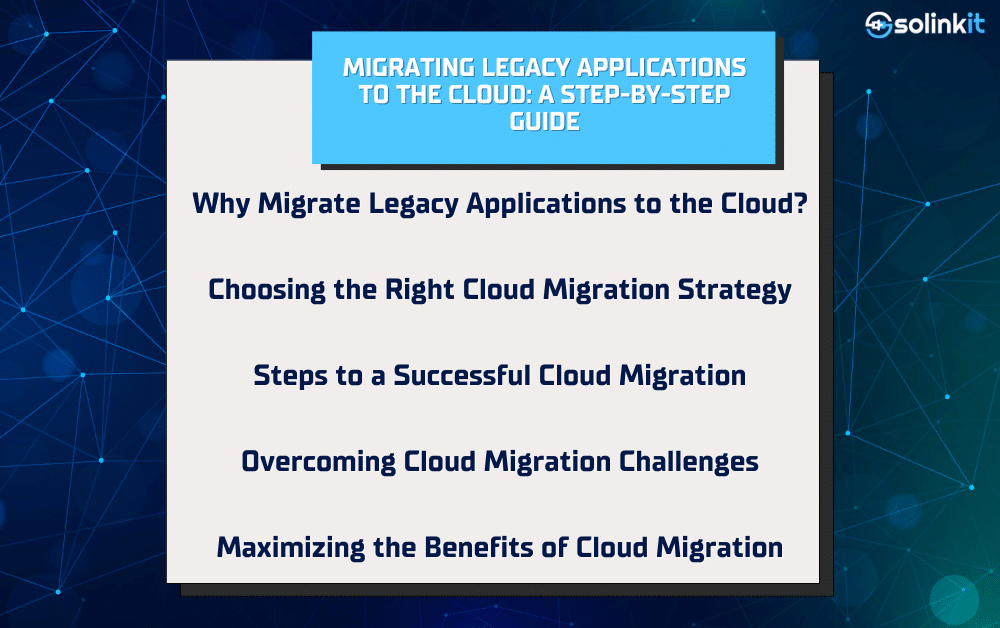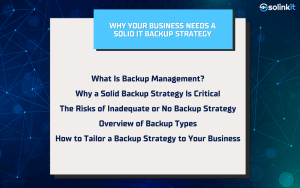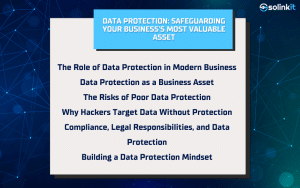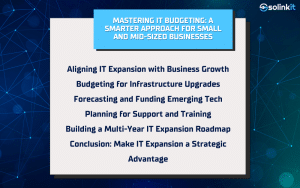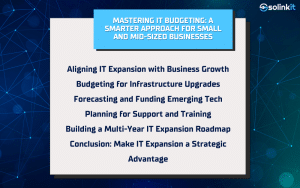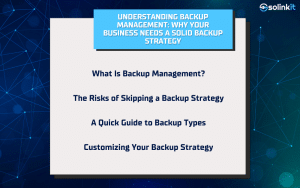In Part 1, we discussed how to identify and assess legacy IT systems. Now, we move to the next step—migrating legacy applications to the cloud. Moving outdated systems to the cloud can help businesses reduce costs, improve scalability, and enhance security. However, cloud migration must be carefully planned to avoid downtime, security risks, and compatibility issues.
In this blog, we’ll explore the benefits of cloud migration, strategies for transitioning legacy applications, and steps to ensure a smooth migration process.
Why Migrate Legacy Applications to the Cloud?
Many businesses rely on legacy applications because they still perform essential functions. However, as technology advances, these systems become costly to maintain, harder to scale, and more vulnerable to security threats. Migrating to the cloud eliminates many of these issues.
Cloud-based applications require less IT maintenance, reduce infrastructure costs, and allow businesses to scale on demand. They also provide built-in security features, automatic updates, and better integration with modern tools. In addition, cloud services offer remote accessibility, which is crucial for companies with hybrid or remote workforces.
Choosing the Right Cloud Migration Strategy
Migrating legacy applications isn’t a one-size-fits-all process. Businesses need to choose a migration strategy that fits their goals, budget, and IT environment.
One approach is rehosting, also known as “lift and shift,” where applications are moved to the cloud with little to no modification. This is the fastest option but doesn’t take full advantage of cloud-native features. Re-platforming involves making small adjustments, such as updating databases, to improve cloud efficiency.
For applications that need a complete overhaul, re-architecting is the best option. This involves redesigning the system to fully utilize cloud-native technologies like microservices and containers. Some companies opt to replace legacy applications entirely by adopting Software-as-a-Service (SaaS) alternatives, which eliminates the need for in-house software maintenance.
Steps to a Successful Cloud Migration
Migrating legacy applications to the cloud requires careful planning and execution to minimize risks and ensure a smooth transition. Below is a step-by-step approach to help businesses migrate successfully while maintaining business continuity.
Step 1: Assess Legacy Applications and Infrastructure
Before migrating legacy systems, businesses need to analyze their existing IT infrastructure. This includes identifying which applications and workloads are suitable for the cloud and which might require modifications. Key factors to assess include:
- Application dependencies – Which systems rely on one another?
- Data storage needs – Will data need to be restructured before migration?
- Security requirements – Are there compliance regulations (HIPAA, GDPR) that must be met?
- Performance bottlenecks – Are there existing issues that need resolution before migration?
A thorough assessment helps businesses avoid unexpected compatibility issues and ensures a smoother migrating legacy process.
Step 2: Choose the Right Cloud Provider and Service Model
Not all cloud providers offer the same services, so it’s important to compare AWS, Microsoft Azure, Google Cloud, and private cloud options based on:
- Cost and pricing models – Pay-as-you-go vs. subscription plans.
- Security and compliance features – Encryption, access controls, and regulatory certifications.
- Service availability and reliability – Downtime history and uptime guarantees.
- Integration with existing tools – Compatibility with current software and business applications.
Additionally, businesses must decide between Infrastructure-as-a-Service (IaaS), Platform-as-a-Service (PaaS), or Software-as-a-Service (SaaS) depending on their long-term IT strategy.
Step 3: Develop a Cloud Migration Roadmap
A well-structured migration roadmap minimizes risks and ensures minimal disruptions. This step involves:
- Creating a timeline for moving different applications in phases.
- Identifying critical applications that need immediate migration.
- Allocating resources for cloud deployment, including IT staff and external consultants.
- Developing a rollback plan in case issues arise during the migration.
Step 4: Choose a Migration Strategy
Once the roadmap is in place, businesses must select the right migration approach for each application:
- Rehosting (Lift and Shift) – Moving applications to the cloud with minimal changes.
- Re-platforming – Making minor adjustments to improve cloud compatibility.
- Re-architecting – Redesigning applications to fully leverage cloud-native features.
- Replacing (SaaS Adoption) – Switching from an on-premise system to a cloud-based alternative.
The chosen strategy depends on business goals, budget, and the complexity of the legacy application.
Step 5: Execute a Pilot Migration
Instead of migrating legacy applications all at once, businesses should start with a pilot migration. This involves:
- Testing one or two applications in the cloud before full-scale deployment.
- Monitoring performance to detect potential issues.
- Gathering feedback from IT teams and end-users.
- Optimizing cloud configurations based on initial testing results.
A pilot migration helps organizations identify problems early and adjust before moving all workloads.
Step 6: Migrate Applications in Phases
Once the pilot migration is successful, the full migration can begin in phases. Moving all applications at once increases the risk of downtime and failure. A phased approach allows:
- Critical applications to be prioritized, ensuring business continuity.
- IT teams to troubleshoot issues in real-time as each phase is completed.
- Gradual employee adaptation, reducing resistance to change.
During this phase, businesses should use automation tools to streamline data migration and reduce manual errors.
Step 7: Optimize, Secure, and Monitor Cloud Environments
After migration, businesses must ensure applications are fully optimized and secured for long-term success.
- Performance tuning – Adjust cloud resources based on workload demand.
- Security reinforcement – Implement encryption, identity management, and regular audits.
- Cost management – Monitor cloud usage and adjust resource allocation to prevent unnecessary expenses.
- User training and adoption – Ensure employees understand how to work efficiently with cloud-based applications.
Cloud migration is not a one-time event but an ongoing process that requires continuous monitoring, optimization, and security updates.
Overcoming Cloud Migration Challenges
Migrating legacy applications isn’t without challenges, but careful planning can prevent most issues.
Downtime is a major concern, especially for mission-critical applications. To avoid disruptions, businesses should migrate applications in stages and use backup solutions. Security and compliance are also important, as data transfers must meet industry regulations like HIPAA or GDPR. Choosing a cloud provider with strong encryption and access controls helps mitigate risks.
Another common challenge is performance optimization. Applications may not run efficiently in the cloud without proper configuration. IT teams should continuously monitor system performance and adjust resources as needed.
Lastly, employee resistance can slow down adoption. Proper training and clear communication about the benefits of cloud migration help teams adjust to the new system.
Maximizing the Benefits of Cloud Migration
To get the most from migrating legacy applications to the cloud, businesses should take full advantage of cloud automation, security enhancements, and scalability options. Leveraging features like auto-scaling, machine learning, and cloud analytics can optimize operations and improve efficiency.
Integration with modern tools also plays a key role. Cloud applications should seamlessly connect with customer management systems, business intelligence tools, and collaboration platforms to enhance productivity.
A well-executed cloud migration sets the stage for further modernization and digital transformation, helping businesses stay competitive in an ever-changing tech landscape.
Conclusion & Next Steps
Migrating legacy applications to the cloud is a critical step in modernizing IT infrastructure. A successful migration reduces costs, enhances security, and improves system performance.
In Part 3, we’ll explore the next step in IT modernization—transitioning to virtualized and containerized environments for even greater flexibility.
If your business is ready to migrate legacy applications, SoLinkIt can help. Our experts specialize in cloud transitions that minimize downtime and maximize performance.
Contact SoLinkIt today to take the next step toward a scalable, cloud-based IT infrastructure.
Check Out the Full Series Below!
Part 1: Identifying and Assessing Legacy IT Systems
Part 2: Migrating Legacy Applications to the Cloud: A Step-by-Step Guide
Part 3: IT Virtualization: Transitioning to a Scalable and Efficient Infrastructure
